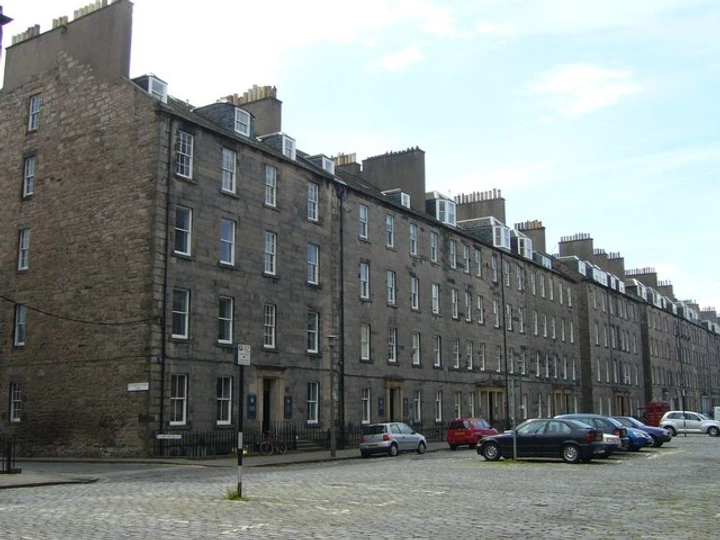What was life like at the University as the first female students?
Amongst other challenges, one of the greatest obstacles for the Edinburgh Seven was organising medical lectures. It was specified in the Edinburgh University Calendar for 1870 that women would be taught in different classes from men and would pay double the tuition fee to account for the small classes. Lecturers were permitted but not obligated to admit women to their classes. This meant that the women had to organise many lectures for themselves in subjects such as: chemistry, physiology, anatomy and botany.

Buccleuch Place, where the Seven were based. Photo © kim traynor (cc-by-sa/2.0)
One example of their university days is illustrated by an entry in Jex-Blake’s diary:
“Friday, Nov 4th. Just put down the day’s work for a specimen! Studying and canvassing at once.-
8.45 Started for Surgeon’s Hall.
9-10 Tutorial Class. Bones.
10-11 Surgery lecture.
11-1 Dissecting.
1-2 Anatomy lecture.
2.10 Reached home and found letter from Mr Blyth [manager] telling me to meet him at 2 pm!! Got there (after bolting beef tea and wine) at 2.45/ Talked at him for nearly an hour with good results, I believe.
Got back home
3.40. Bolted some food and went.
4pm Demonstration exam. Didn’t know the Acromion but got 13/20 marks.
Home to dinner.
7pm Started on round of calls. Home at 10 pm. Not tired, oh, dear no!”
Several of the professors at the university including Patrick Heron Watson who taught surgery and Peter Handyside who taught botany were sympathetic and offered to teach the women separately. However, opponents used the women’s separate classes as a way of undermining their efforts. Professors were pressured into refusing to aid in teaching the women. One important contributing factor was that lecturers received their fees directly from the students and not from the university; therefore lecturers who became unpopular amongst the student body were likely to suffer income loss. As a result, it became increasingly difficult to organise lessons and teachers that were more apprehensive, who were originally cooperative, pulled out in fear of public opinion. Thus, the women relied heavily on one another sharing their knowledge and studying together. Furthermore, the Royal Infirmary of Edinburgh, the only hospital permitted to have clinical teaching, refused to admit women to clinical education. Jex-Blake appealed to various managers to overturn this but had little success.

Edinburgh Medical School building on Teviot Place, this building was completed in 1888, it is the current home of the medical school. Kim Traynor [CC BY-SA 3.0 (https://creativecommons.org/licenses/by-sa/3.0)], from Wikimedia Commons
Author- Alexandra Nash
References:
Croft E, A Painful Inch to Gain: Personal experiences of early women medical students in Britain.
Laurence M, Shadow of Swords: A biography of Elsie Englis
Rosner L, Medical Education in the Age of Improvement
Roberts S, Sophia Jex-Blake: A women pioneer in nineteenth-century medical reform




Recent comments